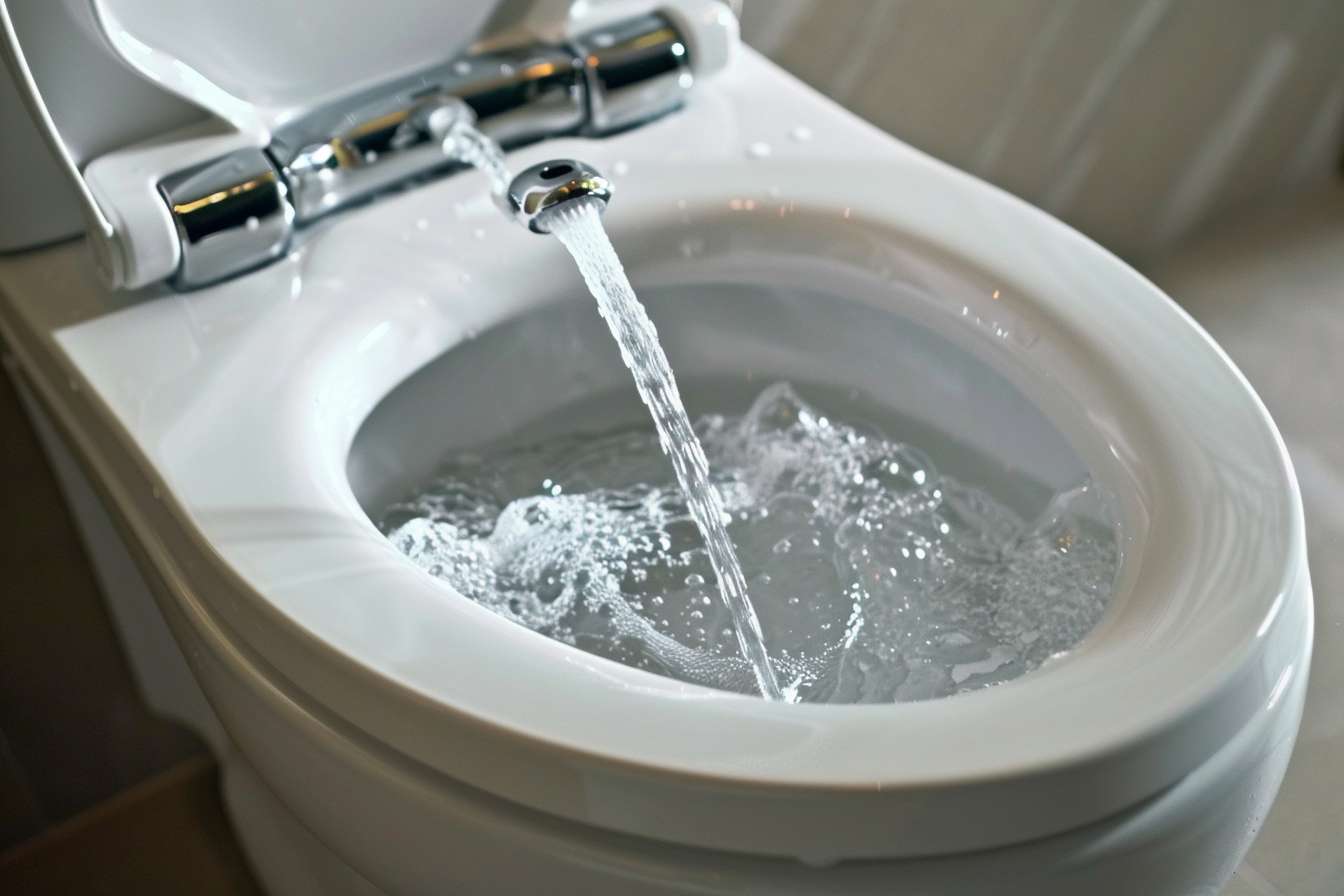The Rise of Japanese Toilets: Redefining Bathroom Comfort and Hygiene
Japanese toilets have revolutionized the way we think about bathroom experiences. These innovative fixtures, often referred to as smart toilets, washlets, or bidets, offer a range of features designed to enhance comfort, cleanliness, and convenience. From warm water cleansing to heated seats and automatic deodorizers, Japanese toilets have set a new standard for personal hygiene and bathroom technology.

Beyond the bidet function, Japanese toilets often come equipped with heated seats, a feature particularly appreciated during colder months. Some advanced models even offer automatic lid opening and closing, as well as self-cleaning functions that use UV light or electrolyzed water to sanitize the bowl after each use.
How Do Japanese Toilets Improve Bathroom Hygiene?
The bidet function of Japanese toilets significantly enhances personal hygiene. Water cleansing is more effective at removing bacteria and residue compared to wiping with toilet paper alone. This can be especially beneficial for individuals with certain medical conditions or those recovering from surgeries.
Many Japanese toilets also incorporate antibacterial materials in their design, particularly on frequently touched surfaces like the seat and control panel. Some models feature a pre-mist function that sprays the bowl before use, making it more difficult for waste to adhere and easier to clean afterward.
What Advanced Features Do Smart Toilets Offer?
Smart toilets, which are an evolution of traditional Japanese toilets, offer an array of high-tech features. These can include:
-
Automatic flushing
-
Built-in air deodorizers
-
User recognition sensors
-
Adjustable spray patterns and nozzle positions
-
Self-cleaning nozzles
-
Nightlights for easy nighttime use
-
Music players or white noise machines for privacy
Some cutting-edge models even incorporate health monitoring features, such as urine analysis, which can track glucose levels or detect potential health issues.
Are Japanese Toilets Environmentally Friendly?
Japanese toilets can contribute to environmental sustainability in several ways. The bidet function reduces the need for toilet paper, which can lead to significant savings in paper consumption and the associated environmental impact of paper production and disposal.
Many models also incorporate water-saving technologies. Dual-flush systems allow users to choose between a light or heavy flush, optimizing water usage. Some toilets use greywater from hand washing for flushing, further conserving water resources.
How Do Japanese Toilets Compare to Traditional Western Toilets?
When comparing Japanese toilets to traditional Western models, several key differences become apparent:
| Feature | Japanese Toilet | Traditional Western Toilet |
|---|---|---|
| Cleansing Method | Water spray (bidet) | Toilet paper |
| Seat Temperature | Often heated | Not heated |
| Additional Functions | Multiple (e.g., air dryer, deodorizer) | Limited or none |
| Water Usage | Often more efficient | Typically higher |
| Initial Cost | Generally higher | Lower |
| Maintenance | May require more | Simpler |
Prices, rates, or cost estimates mentioned in this article are based on the latest available information but may change over time. Independent research is advised before making financial decisions.
While Japanese toilets typically have a higher upfront cost, many users find the investment worthwhile due to improved hygiene, comfort, and potential long-term savings on toilet paper and water usage.
Are Japanese Toilets Suitable for All Bathrooms?
Japanese toilets can be installed in most bathrooms, but there are some considerations to keep in mind. Many models require an electrical outlet nearby for powering the various features. Some units may also need additional plumbing work to accommodate the bidet function.
For those who want to experience the benefits of a Japanese toilet without replacing their entire fixture, retrofit bidet seats are available. These can be installed on existing toilets and offer many of the same features as full Japanese toilet units.
In conclusion, Japanese toilets represent a significant advancement in bathroom technology, offering improved hygiene, comfort, and environmental benefits. While they may require a higher initial investment and some adaptation for users accustomed to traditional toilets, many find the enhanced functionality and cleanliness well worth the change. As these innovative fixtures continue to gain popularity worldwide, they are reshaping our expectations of what a toilet can be and do.






